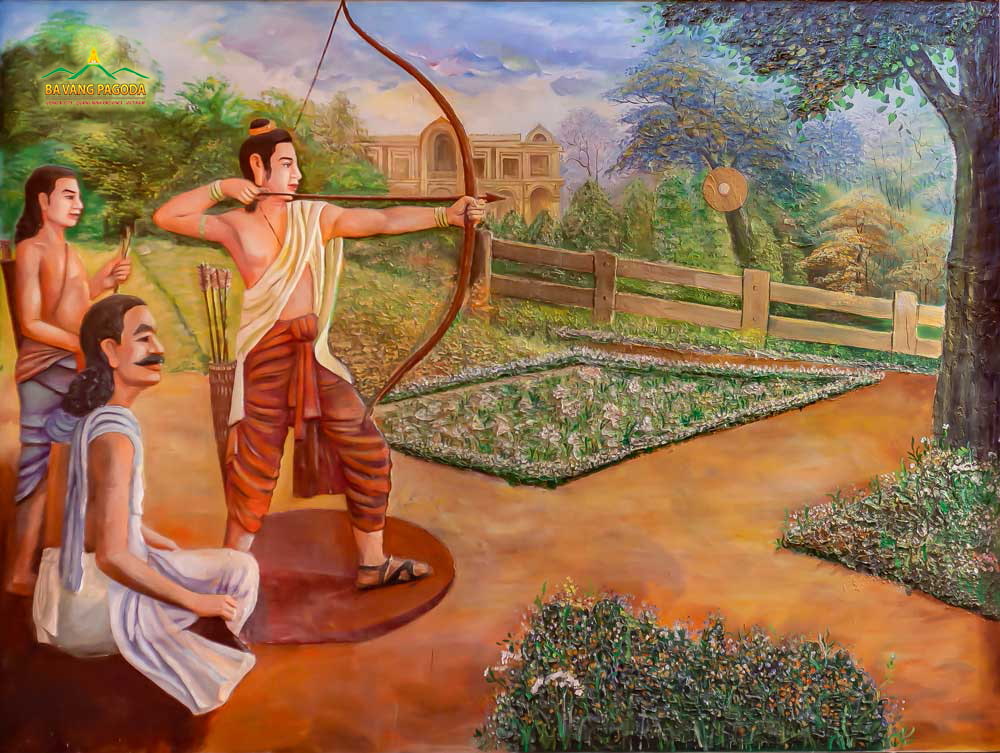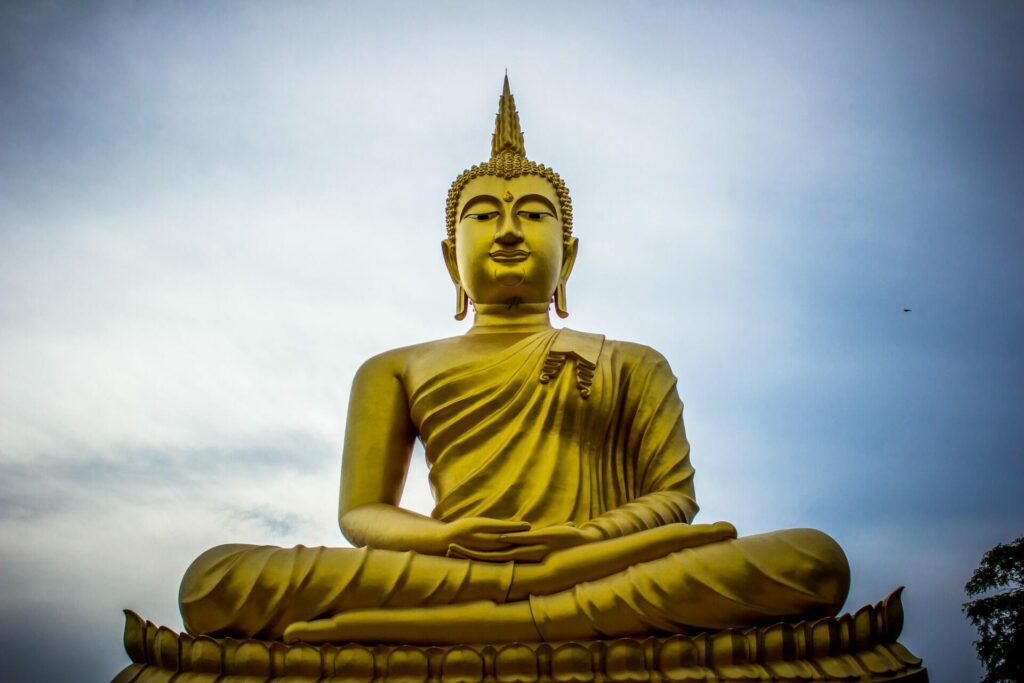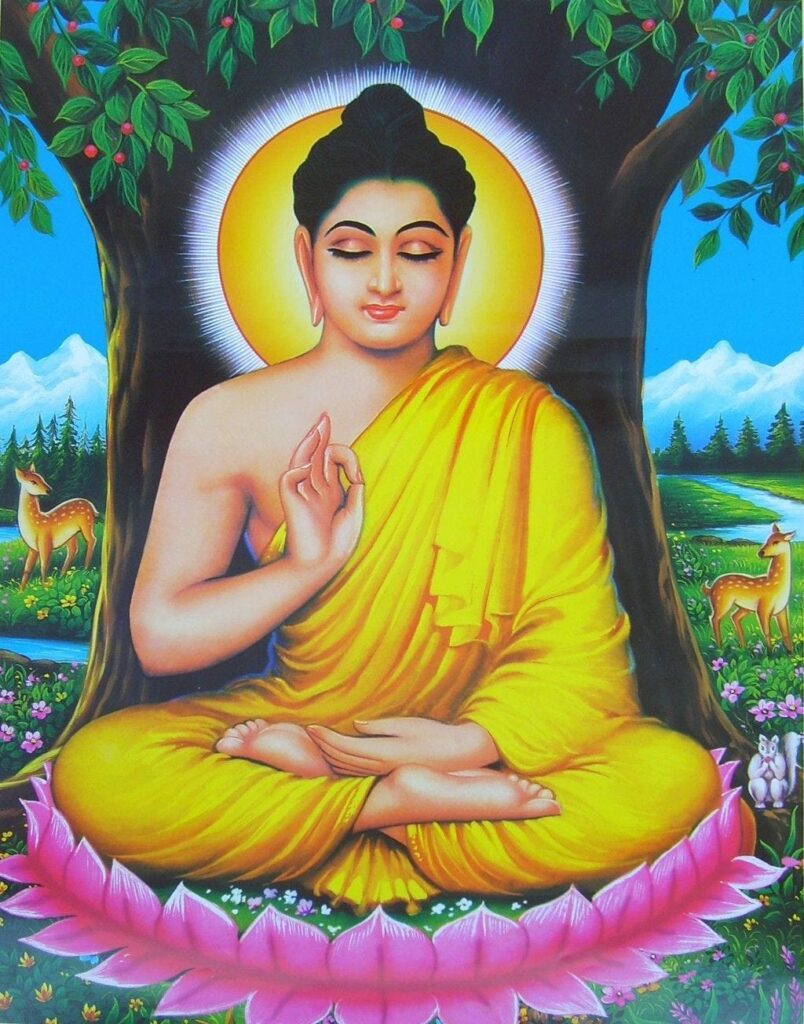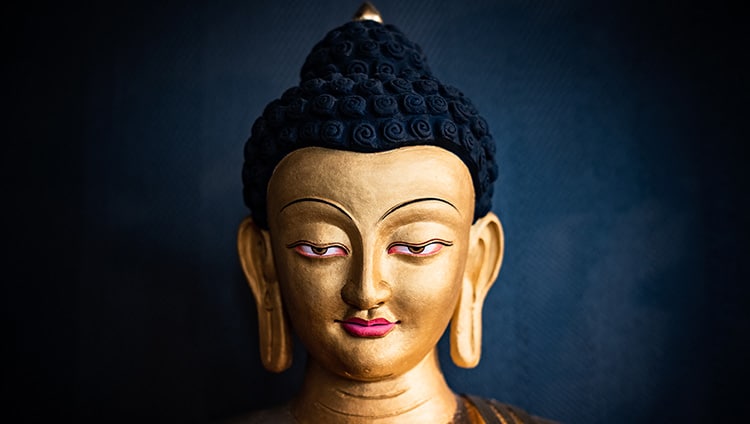Siddhartha Gautama, also known as the Buddha, is one of the most influential figures in world history. He founded Buddhism, a religion and philosophy that has impacted millions of people for over two thousand years. His teachings focused on ending suffering, understanding the mind, and living a life full of compassion and wisdom. In this article, we will explore the life of Siddhartha Gautama, the key events that shaped his journey, and the teachings that still inspire people today.
Early Life of Siddhartha Gautama

Siddhartha Gautama was born around 563 BCE in a region near the modern-day border of India and Nepal. His birthplace is believed to be Lumbini, a site that is now considered sacred by Buddhists. He was born into a royal family, and his father was the king of the Shakya clan. Because of this, Siddhartha lived a luxurious life surrounded by wealth and comfort.
According to Buddhist tradition, when Siddhartha was born, a wise sage predicted that he would either become a great king or a spiritual leader. Siddhartha’s father wanted him to be a powerful ruler, so he made sure his son never experienced pain, suffering, or anything negative about life. Siddhartha was kept inside the palace and given everything he wanted—fine food, beautiful clothes, and even three different palaces for each season.
The Four Sights That Changed His Life
Even though Siddhartha had everything, he still felt something was missing. One day, he asked to leave the palace and explore the outside world. What he saw changed his life forever. These experiences are called the Four Sights, and they include:
- An old man – Siddhartha realized that everyone grows old and that aging is unavoidable.
- A sick person – He saw that people get sick and suffer from diseases.
- A dead body – He learned that death is a part of life and no one can escape it.
- A wandering holy man (ascetic) – This man had given up all material things to seek spiritual peace.
These sights made Siddhartha think deeply about the meaning of life. He realized that wealth and luxury could not protect him or anyone else from suffering.
The Great Renunciation
At the age of 29, Siddhartha made a huge decision. He left his palace, wife, and newborn son in search of answers to life’s biggest questions. This event is known as the Great Renunciation. Siddhartha became a wandering seeker, living in forests and learning from different spiritual teachers. He practiced meditation, studied philosophy, and even tried extreme forms of self-denial, like starving himself.
However, after years of extreme practices, he realized that hurting his body didn’t bring him closer to the truth. Instead, he discovered something called the Middle Way—a balanced path between too much luxury and too much suffering. This idea became one of the core teachings of Buddhism.
Enlightenment Under the Bodhi Tree
Eventually, Siddhartha sat under a Bodhi tree in Bodh Gaya, India, and decided he would meditate until he discovered the truth. After many days of deep meditation, he reached a state of perfect wisdom and understanding. This is known as Enlightenment. From that moment, he was no longer Siddhartha Gautama but the Buddha, which means “The Enlightened One.”
The Buddha discovered the causes of suffering and how to overcome them. He realized that desire and ignorance are the roots of suffering, and by letting go of them, a person can achieve inner peace and happiness.

The Four Noble Truths
One of the most important parts of the Buddha’s teachings is the Four Noble Truths. These truths explain the nature of suffering and how to end it:
- Life is full of suffering (Dukkha).
- Suffering is caused by desire and attachment.
- There is a way to end suffering.
- The way to end suffering is by following the Eightfold Path.
These truths form the foundation of all Buddhist beliefs and are still studied by followers of Buddhism around the world.
The Eightfold Path
To help people end suffering, the Buddha taught the Eightfold Path. This path is not a straight line but a guide to living a meaningful and ethical life. It includes:
- Right Understanding – Knowing the truth about life.
- Right Thought – Thinking kindly and without selfishness.
- Right Speech – Speaking truthfully and kindly.
- Right Action – Acting in ways that don’t harm others.
- Right Livelihood – Earning a living in a way that does not hurt people or animals.
- Right Effort – Working to improve yourself.
- Right Mindfulness – Being aware of your thoughts and actions.
- Right Concentration – Practicing meditation to focus the mind.
By following this path, a person can reach Nirvana, a state of perfect peace and freedom from suffering.
The Spread of Buddhism
After his Enlightenment, the Buddha traveled across northern India for about 45 years. He taught people from all walks of life—rich and poor, young and old, kings and commoners. His message was simple but powerful: anyone can achieve Enlightenment through wisdom, ethical behavior, and mental discipline.
The Buddha died around the age of 80 in a place called Kushinagar. His death is called Parinirvana, which means final Nirvana. After his death, his followers continued spreading his teachings. Buddhism eventually spread to countries like Sri Lanka, China, Japan, Korea, Thailand, and many others.
Modern Impact of Siddhartha Gautama
Today, Buddhism is practiced by over 500 million people worldwide. Even people who don’t consider themselves Buddhists often admire the Buddha’s teachings about mindfulness, kindness, and inner peace. In fact, meditation and mindfulness are now popular in schools, hospitals, and workplaces around the world.
Siddhartha Gautama’s life story teaches us many valuable lessons. He showed that true happiness doesn’t come from wealth or power, but from understanding ourselves and living with compassion. His teachings encourage people to ask questions, seek wisdom, and find their own path to peace.
Conclusion
Siddhartha Gautama’s life is an amazing journey from luxury to Enlightenment. He gave up everything to understand the truth about life, and what he found has helped millions of people for more than 2,500 years. His message was simple but deep: suffering is a part of life, but we can overcome it through wisdom, kindness, and awareness.
Whether you’re studying world religions, history, or just looking for inspiration, the story of the Buddha is a powerful reminder that one person’s journey can change the world. Siddhartha Gautama didn’t just teach people how to live; he showed them how to awaken to life’s true meaning.






Add comment